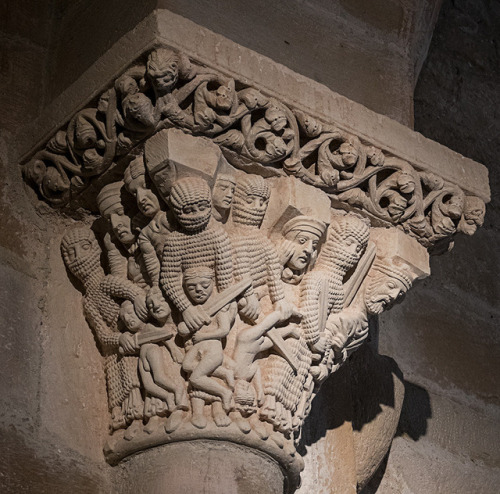#palencia







CASTILLA
Flesh with out Blood.
Spanish fourth tier side Club Deportivo Palencia sporting the “flayed look” in their muscular kit for promotion playoffs.
Post link
How the women of Palencia fought the English and saved their city
In 1388, the Spanish town of Palencia was under attack by John of Gaunt, earl of Lancaster, who had landed in Spain to defend his claim to the kingdom of Castile. All the men had left the city to fight in king John I’s army. The women stayed behind.
When they saw the English army approaching, the townswomen decided to resist. They dressed themselves in male clothes, took the weapons they could find and stationed themselves on the walls.
The English thought it was going to be an easy victory and began the attack. The women, however, fought and repelled the waves of assault. The armies of the king of Castile came to the rescue and John of Gaunt had to lift the siege.
The women’s exploits were rewarded by the king and they no longer to bow in front of him, a privilege generally only granted to knights. This was signaled by the band of fabric they now wore on their clothes.
A commemorative plaque reminds today of their exploits and a mention to this episode is made in the city’s hymn. The band they wore became part of Palencia’s traditional costume.

This isn’t the only time in Spanish history where women defended their city in the absence of men. In Orihuela, in the beginning of the 8th century, the women fooled the attackers army by occupying the walls armed and dressed male clothes. Thinking that the city was well guarded, the enemy didn’t try to besiege it. In the 12th century, Jimena Blazquez and the other women used successfully the same ruse in Ávila. They were later rewarded with the right of participating to the town’s council. In the 13th century, it was the lords’s wife who convinced all the women of Jaén to take arms and to stand on the walls, thus preventing the city’s capture.
If you want to support me, here’s the link to my Ko-Fi.
References:
Las Mujeres y las guerras, el papel de las mujeres en las guerras de la Edad Antigua a la contemporánea
“Mujeres Palentinas, Caballeros De Honor”, Casa de Palencia
Santamarta del Pozo Javier, Siempre estuvieron ellas
Post link











